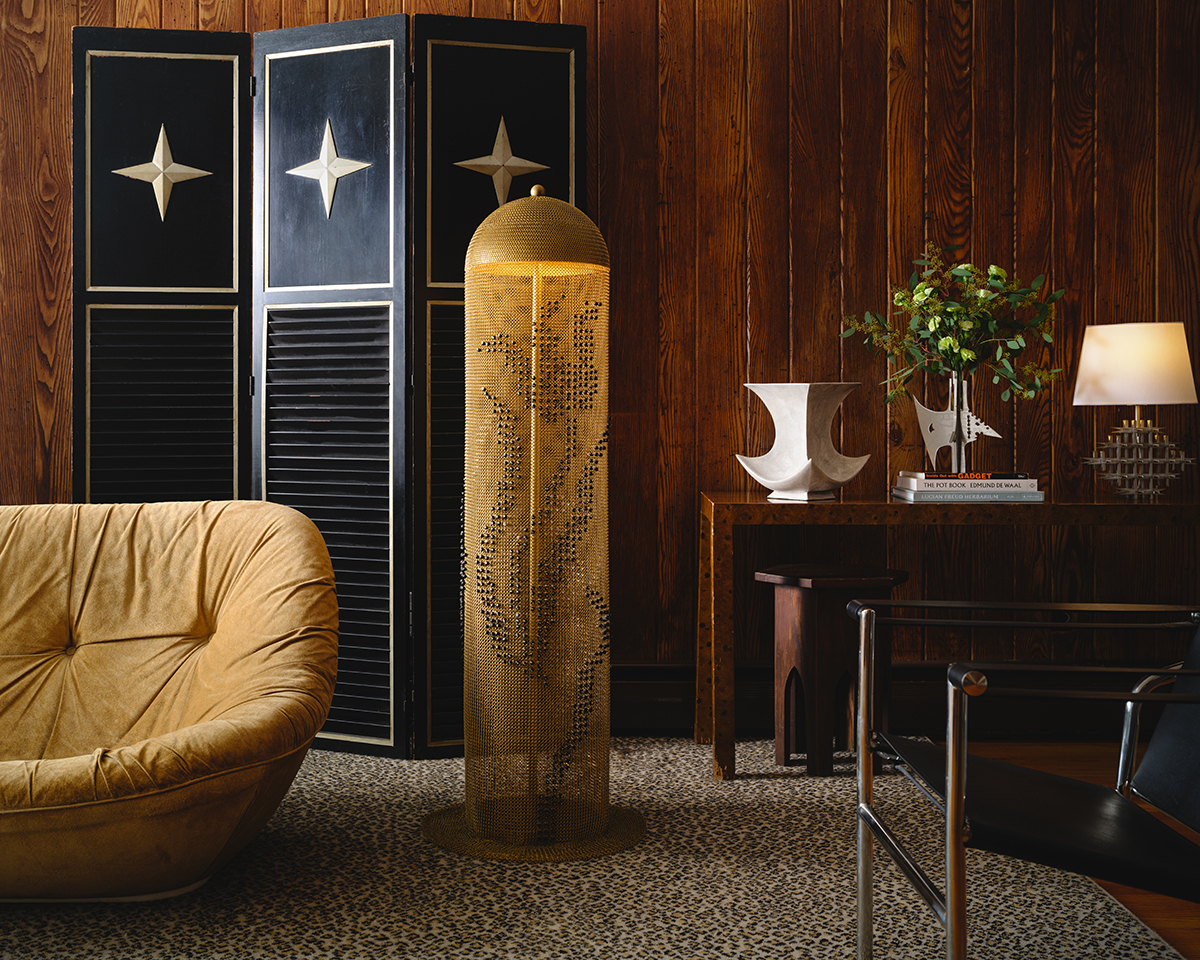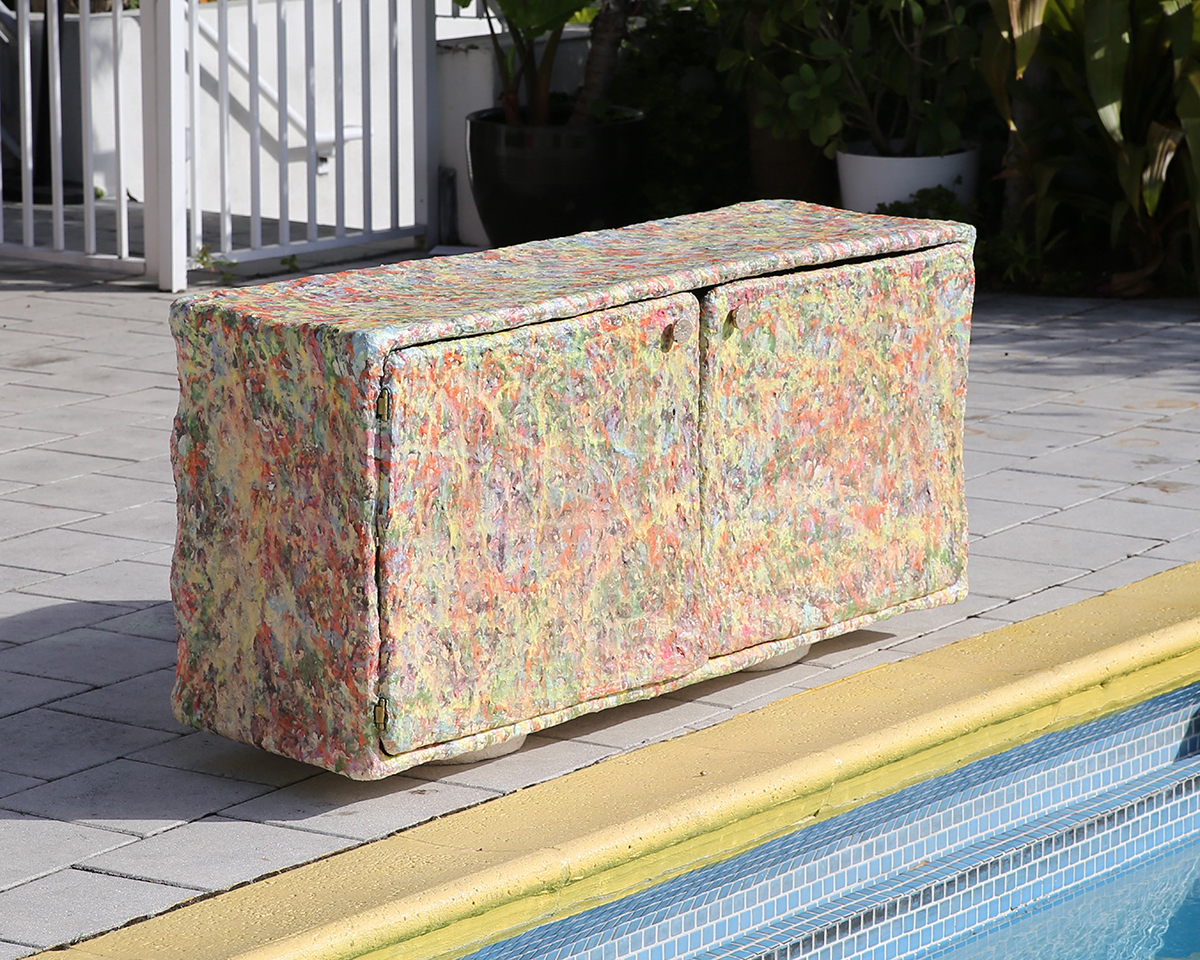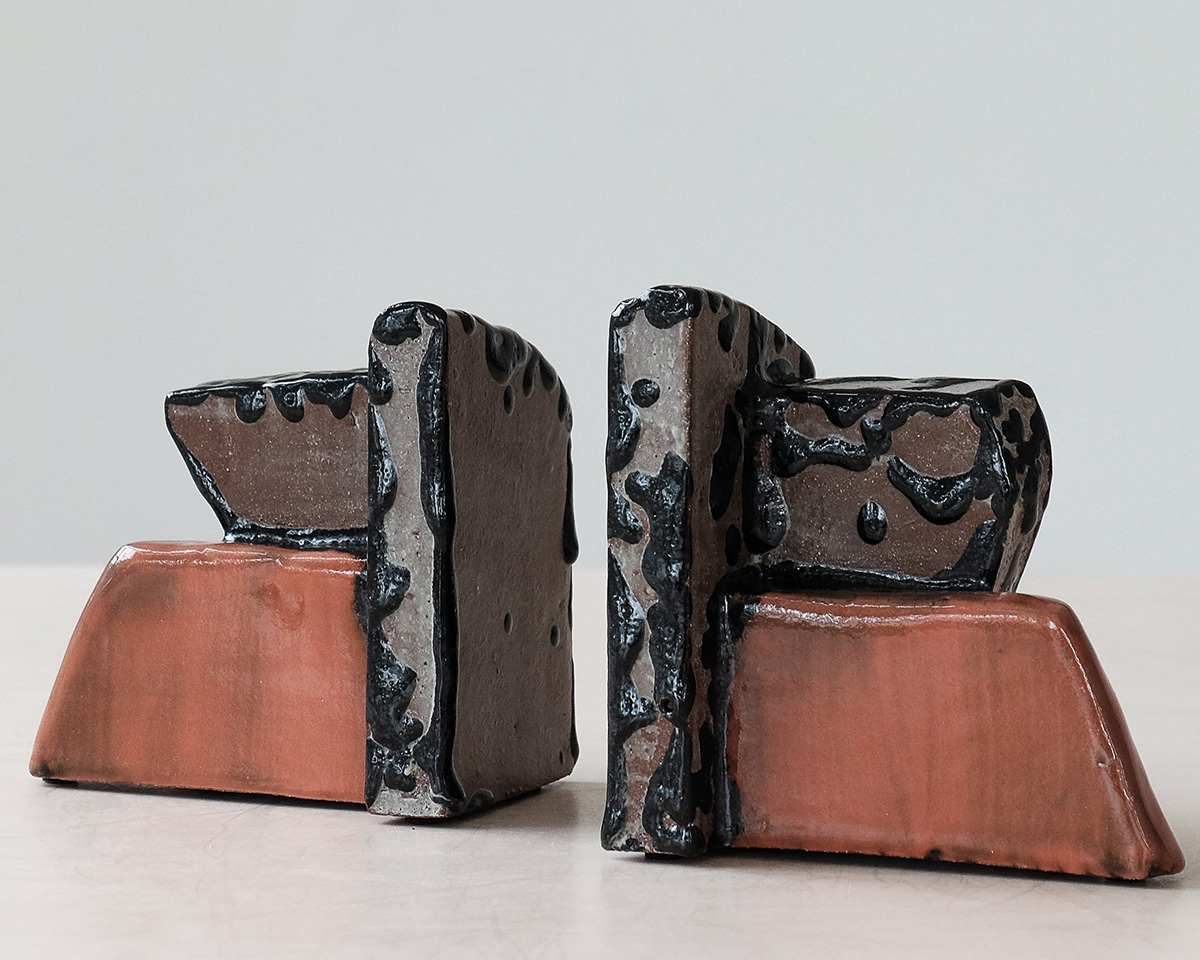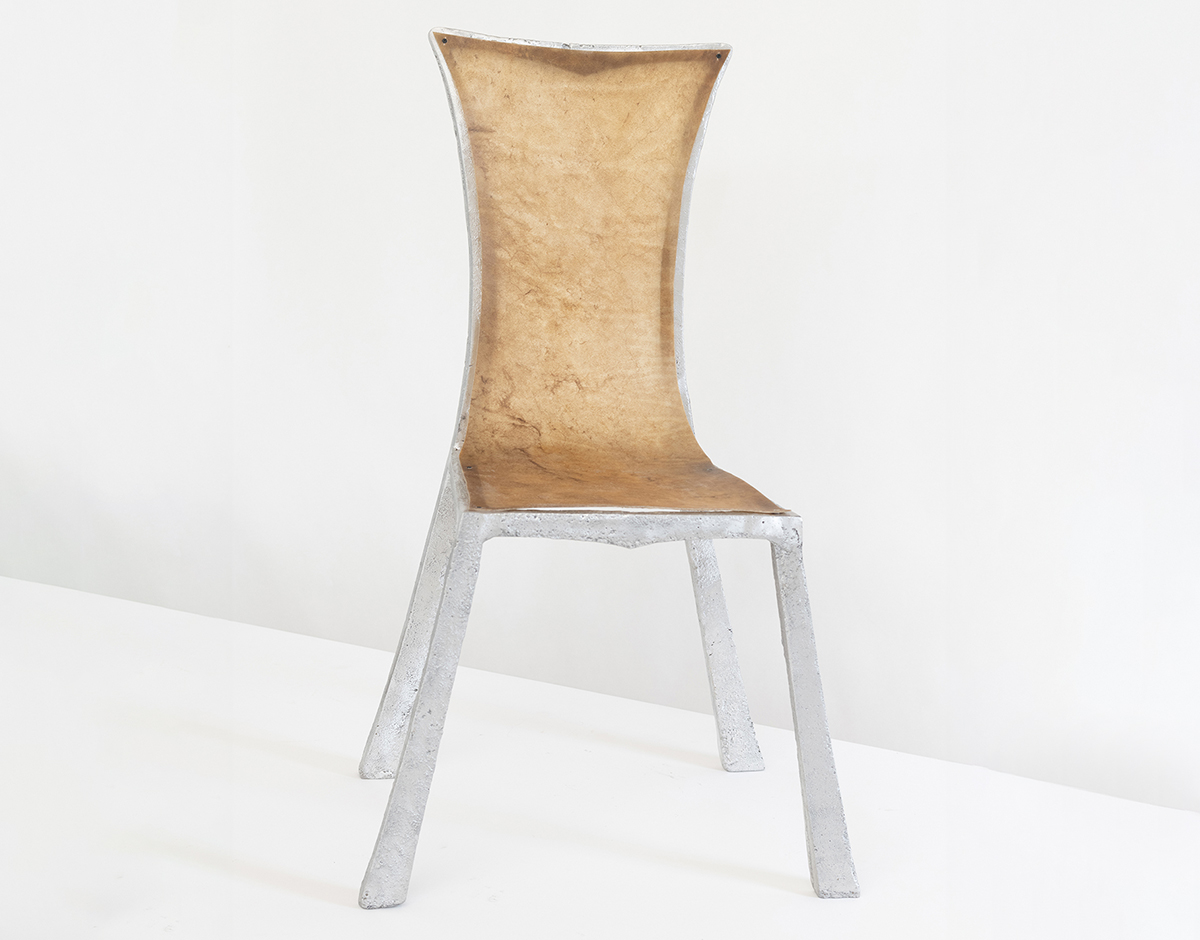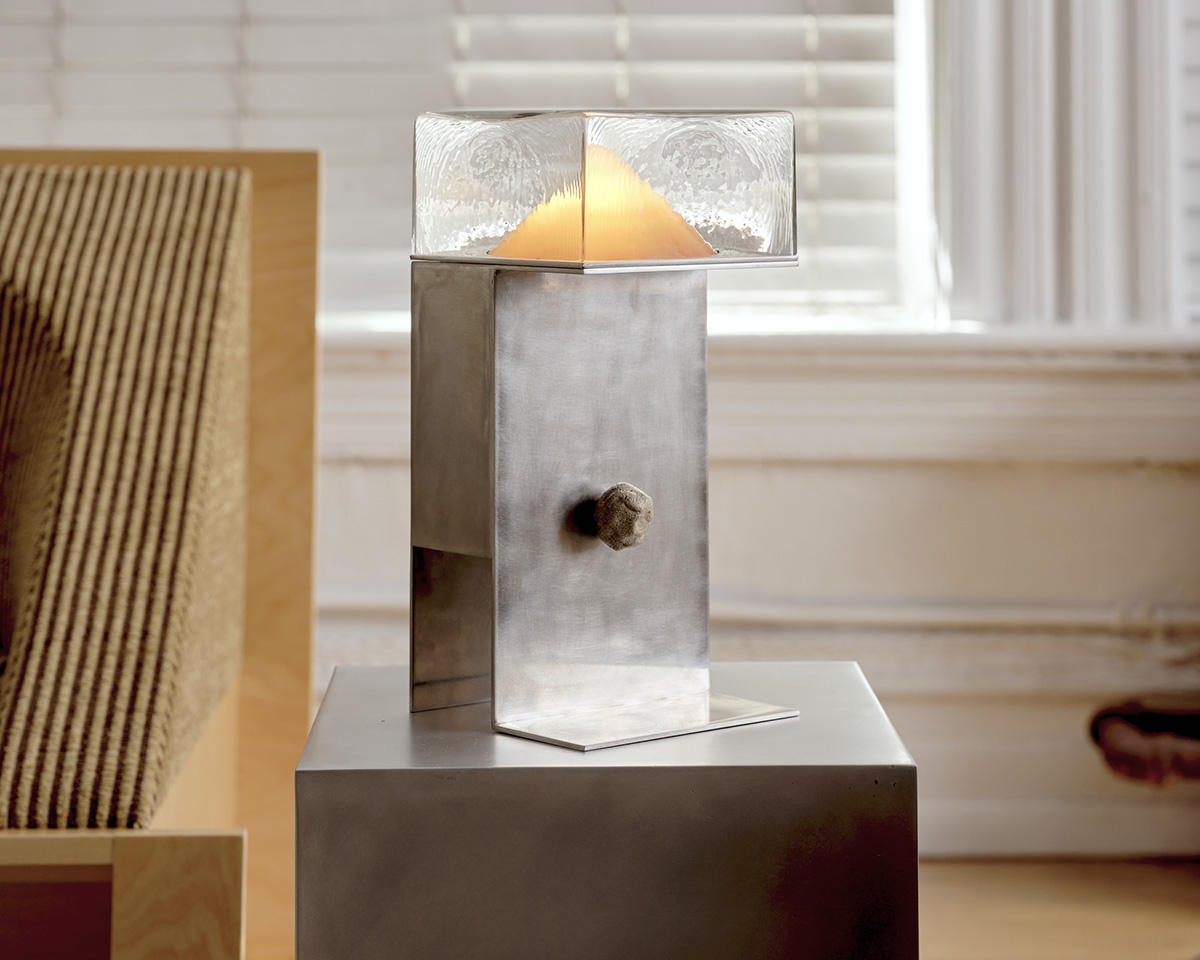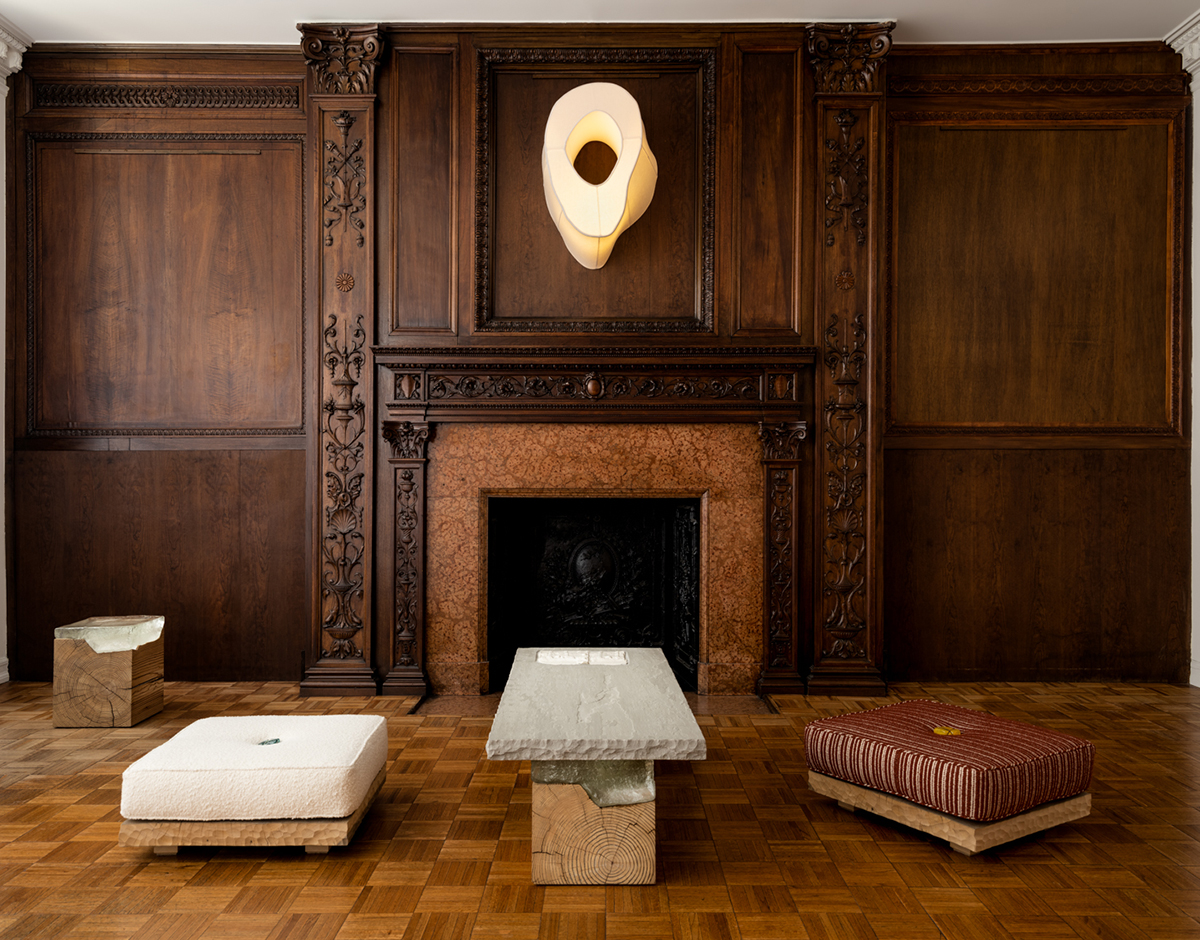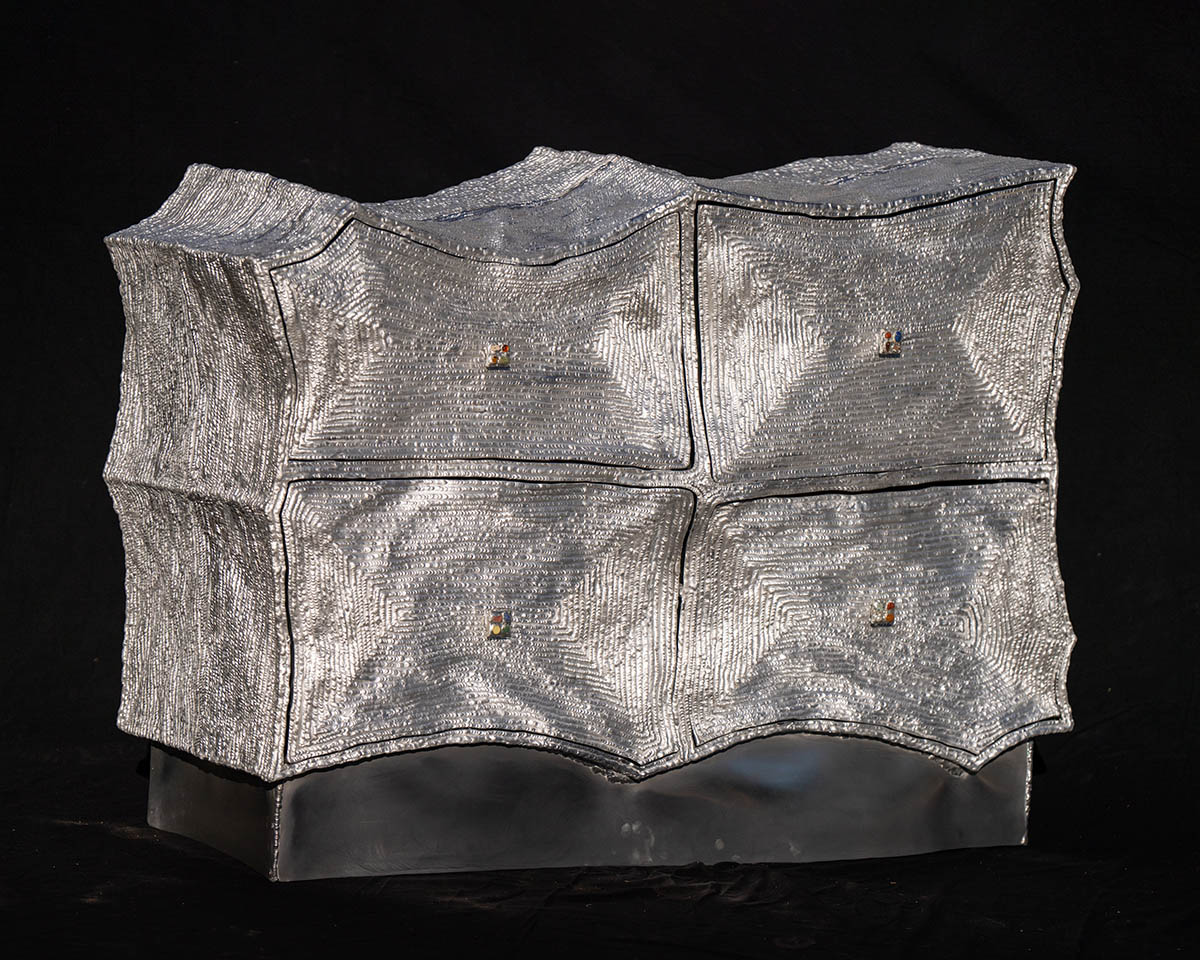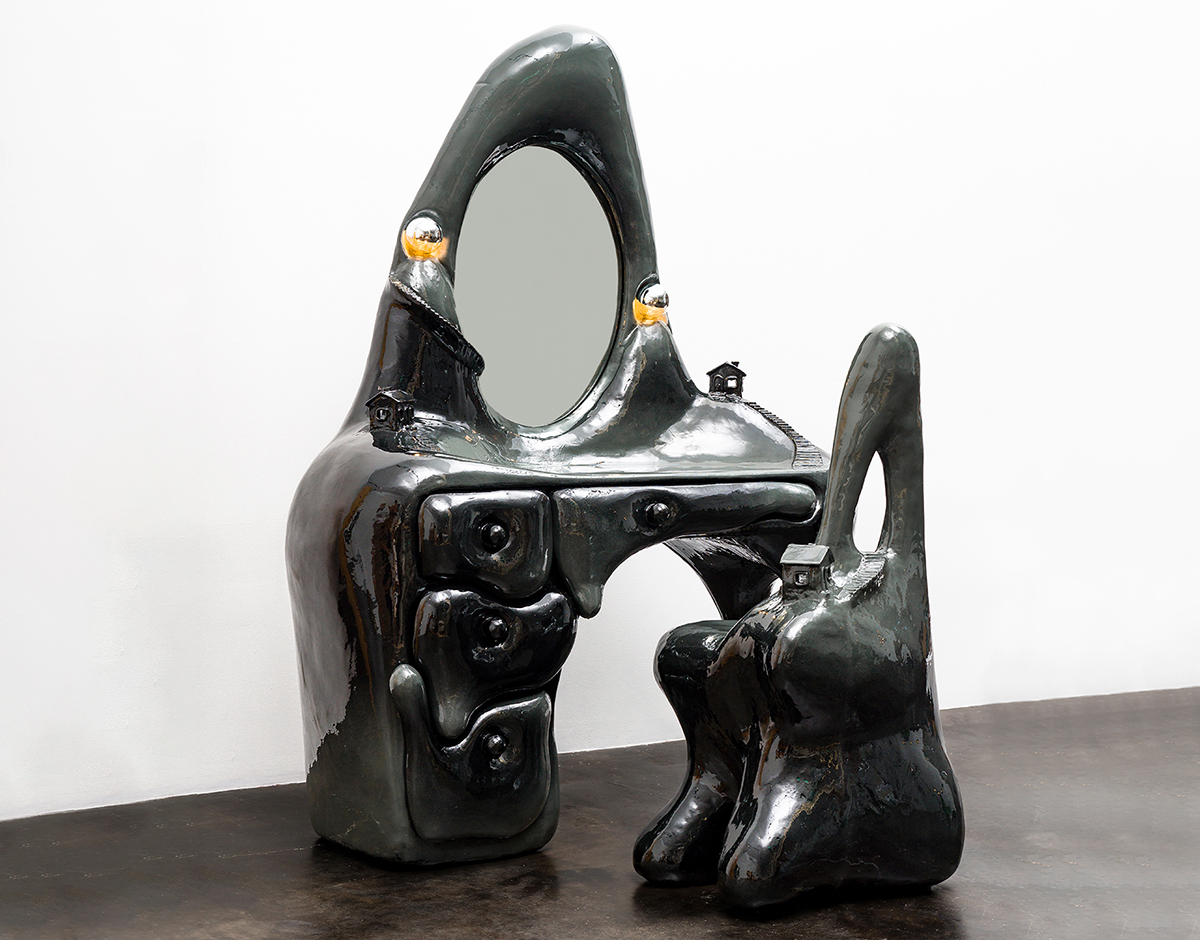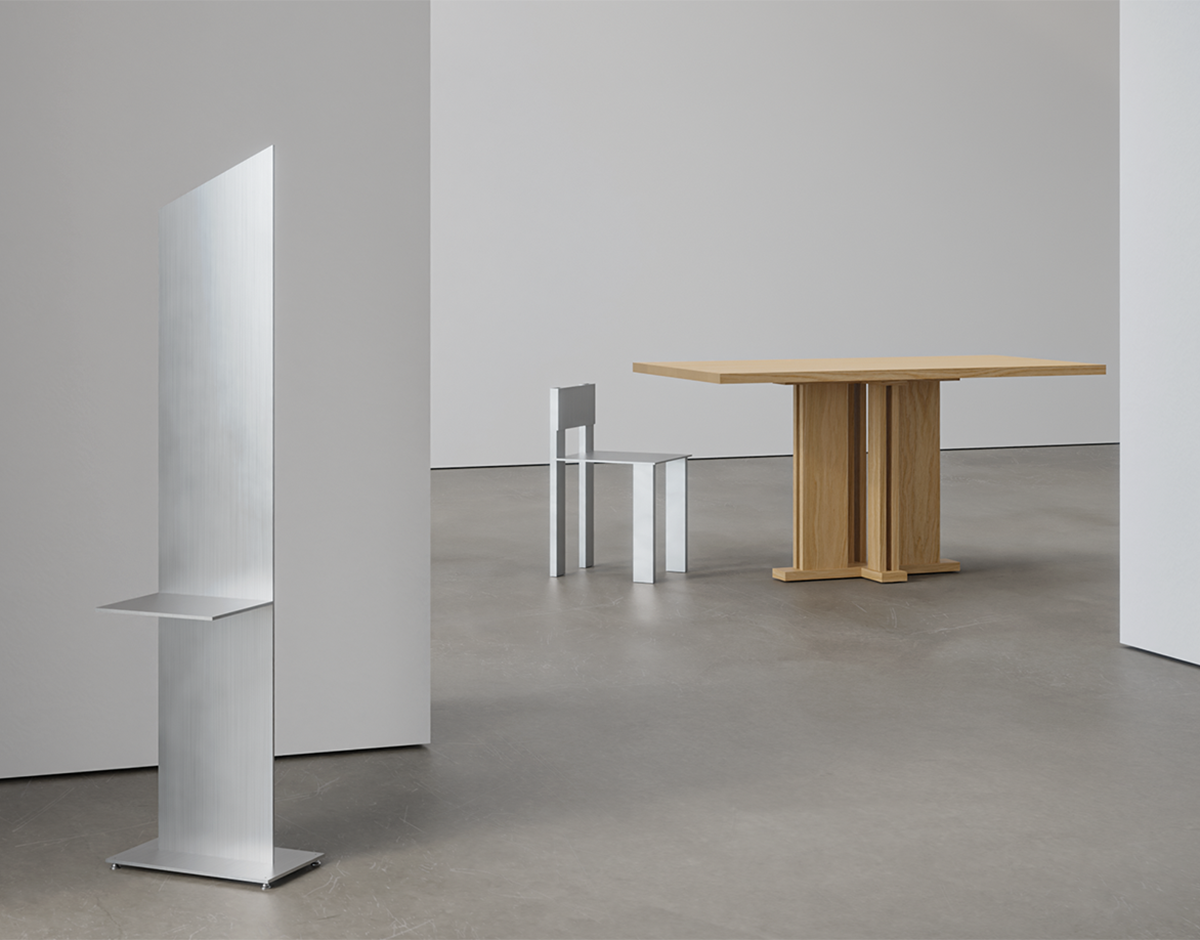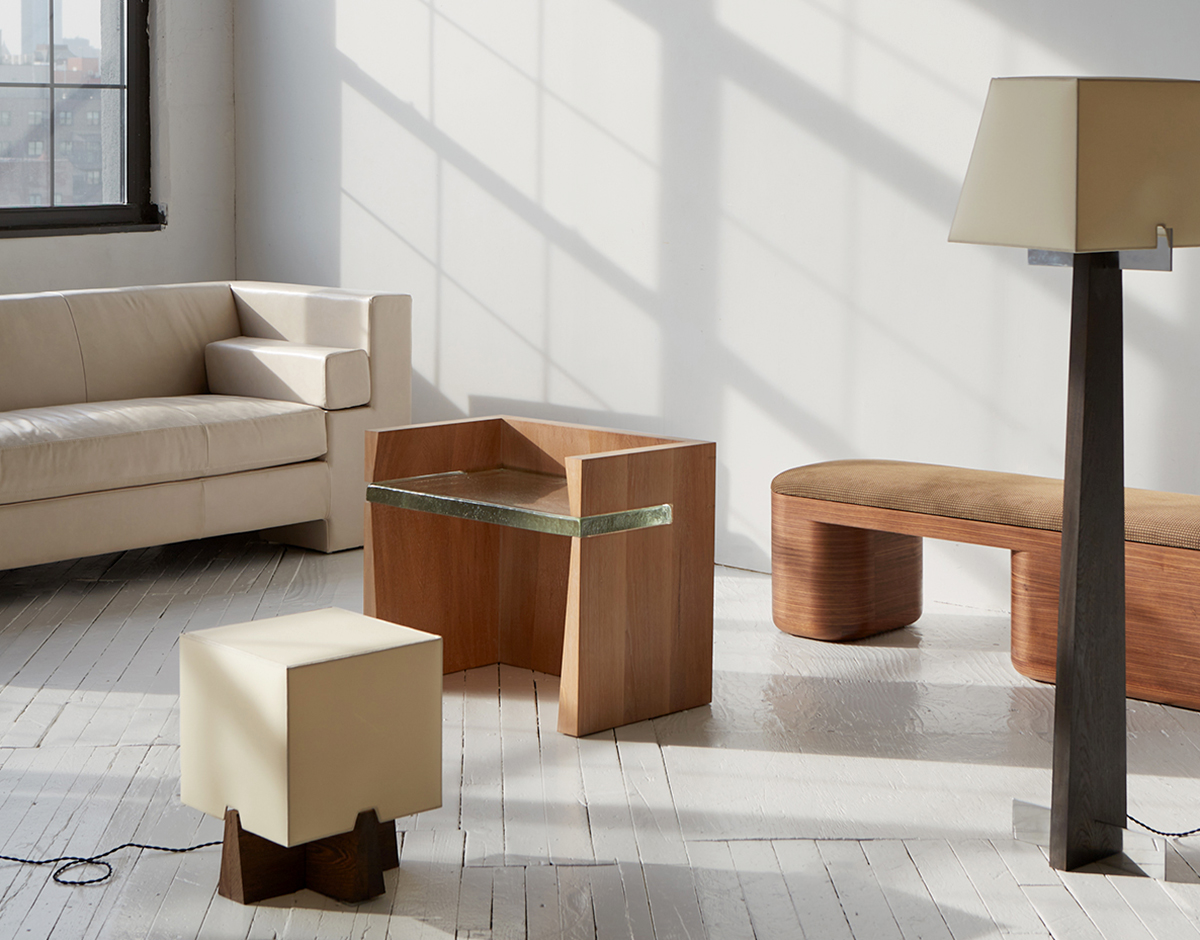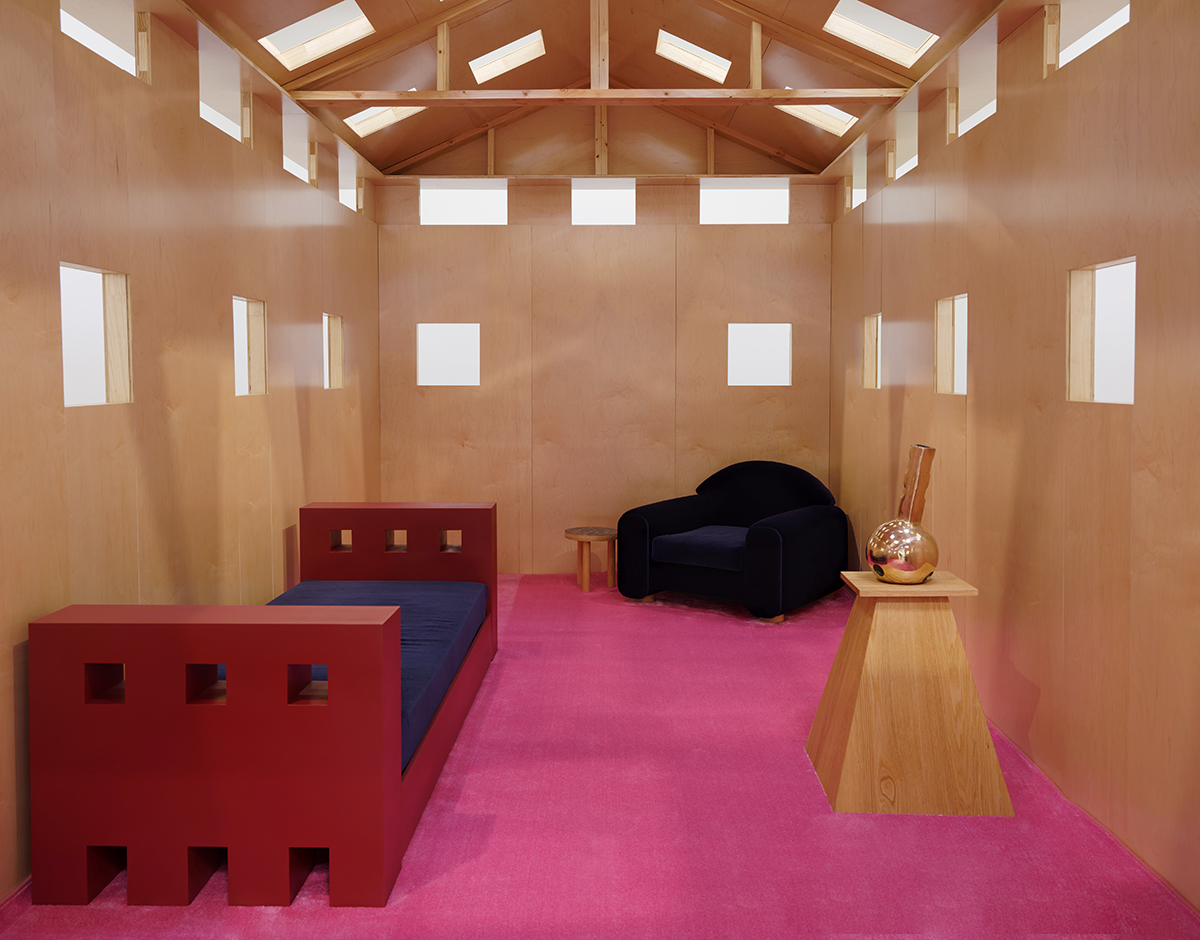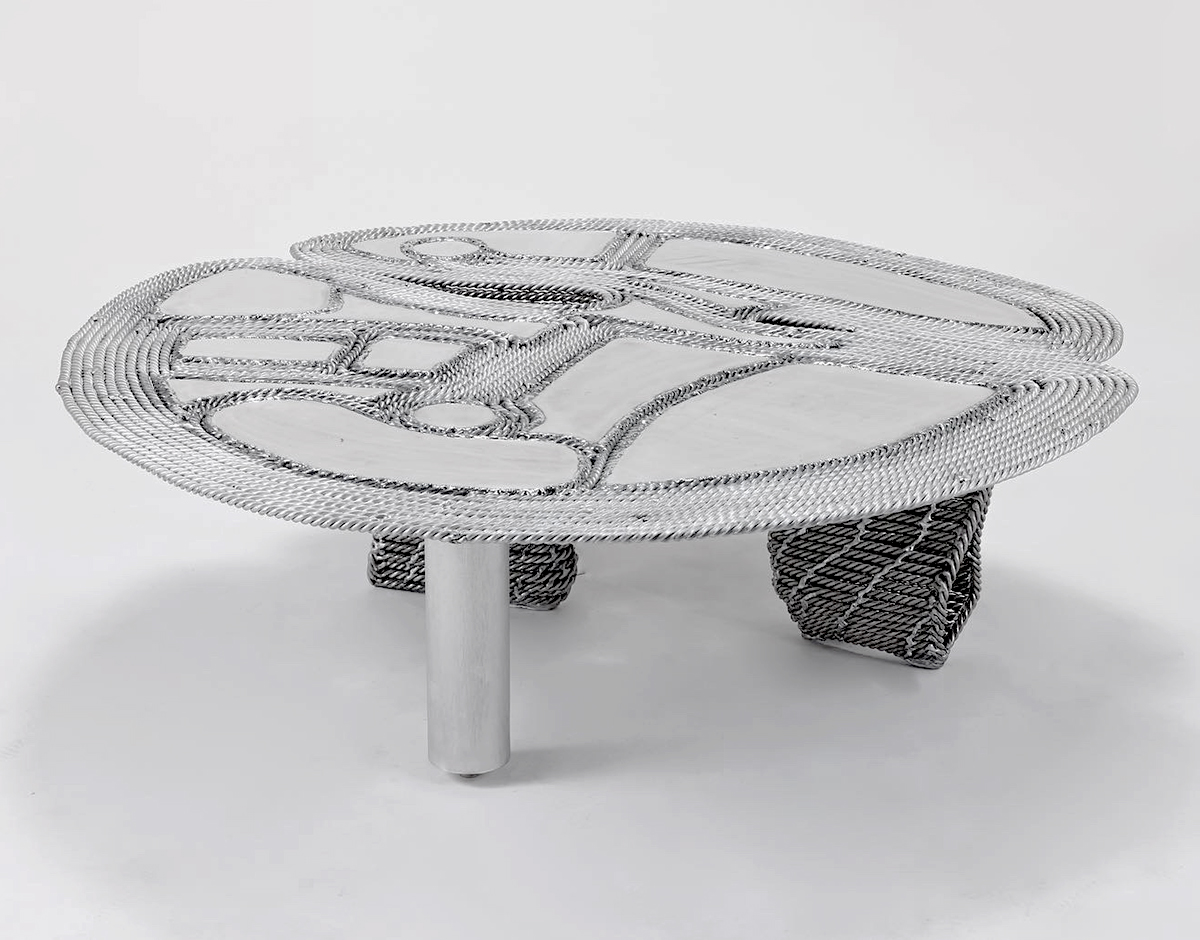
12.31.24
Zachary Besner
Catskills, New York, @za.chary We know very little about Canadian-born, upstate New York–based designer Zach Besner, except that he shows with Carpenter’s Workshop Gallery, and we like the contrast between the puffed-up softness of his inflated-metal furniture and its raw, at times almost alien forms. He’s also doing interesting things with twisted ropes of metal, and if his practice still seems a little nascent, we’re hoping that in time, more will be revealed. What is American design to you, and what excites you about it? Thinking about the rural area I spend my time in, the universal influence has yet to really take over. With the globalization of trends afforded by the internet, things end up looking relatively similar. Here, though, design plays out in a time warp of sorts that I really enjoy. The vehicles people drive are older, their dress older, their hairstyles unaffected by time. The local vernacular is not aesthetically driven but follows a make-do sensibility and resilience. To me, these brutish, piecemeal constructions scattered around the mountains represent Americana ideals more than anything else. I appreciate the independent nature and resourcefulness of this way of being. What are your plans and highlights for the upcoming year? I’m working on a show with Jack Chiles slated for the springtime. I’m hoping to buy a small parcel of land and start plans for the construction of a living space. What inspires or informs your work in general? I’ve been spending a lot more time gardening the last few years. I can’t say there’s an immediate connection that leads anywhere in particular, but perhaps some of the construction or patterns that exist here are being turned up in small efforts in the work. Largely this space is to relax and provides a reminder to be patient and let things happen as they see fit. I enjoy working with aluminum sheet as always. The rapid changes to the metal that happen by way of inflation are always fun, even if they happen unpredictably at times.
